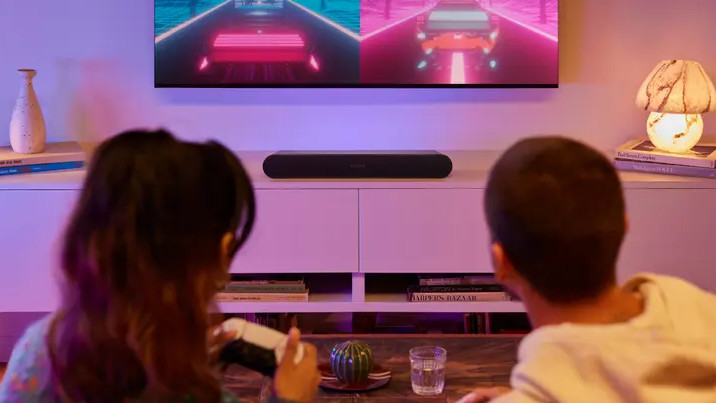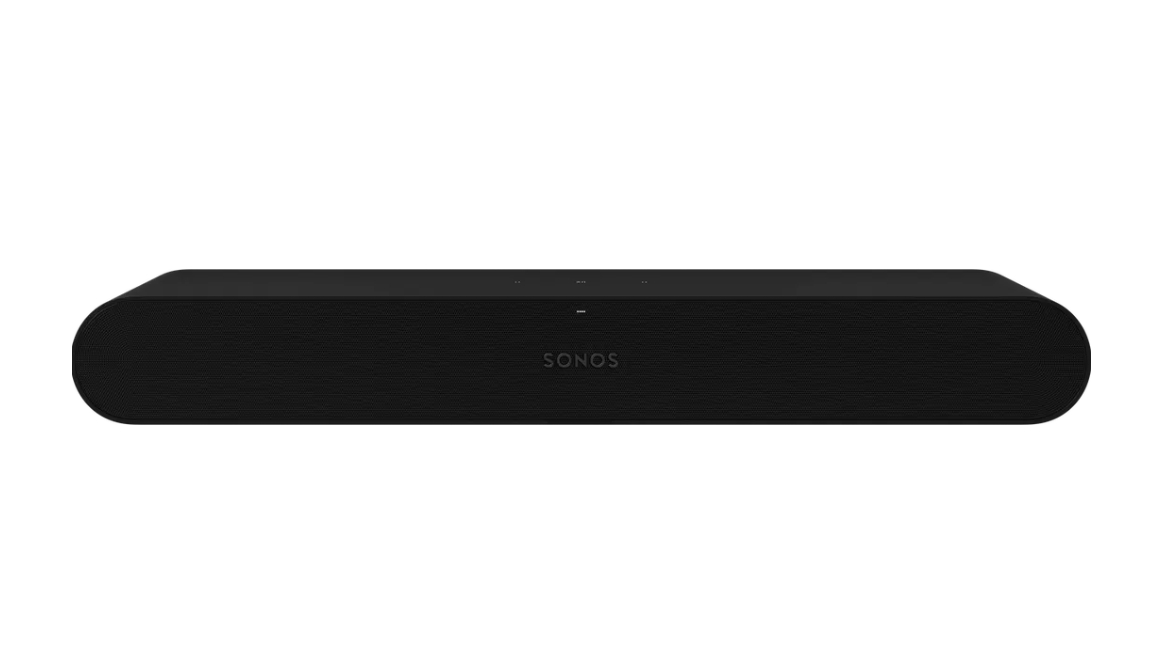Why the Sonos Ray finally makes me want to buy a Sonos soundbar
Say "Hey Ray" to it if you like, although it doesn't have mics...

At a time when prices seem to be climbing skyward at a greater rate than ever before, not just in tech but in life, a shiny new product from a trusted name in audio asking to come into your home brandishing not its greatness, but its affordability, is almost like finding a Picasso in a thrift store.
And so it is with the Sonos Ray. Hot on the heels of its stone cold Arc and Beam (Gen 2) successes, you might think Sonos would go all in as its next move – capitalize on these wins with a bigger, bolder, Dolby Atmos eARC and voice-enhanced creation that can pack in more drivers than a Formula 1 starting grid.
Although the newer Beam Gen 2 launched at $449 (£449 / AU$699), much less than the slightly older Arc, at $799 (£799 / AU$1399) we now know Sonos is launching its own voice assistant, so surely its time to go for the four-figure price tag?
But no. In Sonos' own words, the demure Ray is "designed to be tucked away... Just plug in the power cable, connect your TV, and open the Sonos app. It does most of the work for you." So, unbox it, give it some electricity and your TV and let it quietly set about elevating its sound? What's not to love?
The Sonos Ray will launch in North America, Australia, Europe and the Middle East on June 7, 2022, with availability in China, Japan and India to follow. And even though I'm yet to hear it, on paper, there's an awful lot to like...
Update: You can now ready our full Sonos Ray review
Analysis: Sonos has always been about flexibility. Now, its adding affordability

Launching at just $279 / £279 / AU$399, the Sonos Ray sits resolutely in the budget soundbar sector – a value 'bar at a time when we value the dollars we're not spending more than ever.
Sonos has always been about flexibility, so as well as multi-room streaming, the new Ray also offers the option to create a multi-channel surround system that can of course be built on, over time – and it doesn't have to cost the earth either. Sonos' more affordable and space-saving Symphonisk IKEA range will play nice with it, for example, including the Symphonisk Bookshelf speaker ($99 / £99 / around AU$175) and Symphonisk lamp, which starts at £159 ($140 / AU$269).
As long as you're not fussed by eARC support (there's no HDMI 2.1 port) or Dolby Atmos out the box, (and for this money, it would be wrong to expect these things) Sonos' sound quality is impossible to ignore.
Recently, I finally got the Sonos thing. A fancy apartment I got to stay in (briefly) over a UK Bank Holiday weekend had an old Sonos Play:1 in the kitchen; a gateway to the large KEF speakers built into the kitchen ceiling and – the best bit – above the huge rainforest shower in the bathroom. There is nothing quite like firing up Tidal on your phone first thing, clicking on Bowie and sending it to the shower for a Heroes sing-along.
No one is saying Sonos is offering up the world for $279, but with the Ray, it is offering another gateway product that may well get you hooked. And I think that's worth singing about.
Get daily insight, inspiration and deals in your inbox
Sign up for breaking news, reviews, opinion, top tech deals, and more.

Becky became Audio Editor at TechRadar in 2024, but joined the team in 2022 as Senior Staff Writer, focusing on all things hi-fi. Before this, she spent three years at What Hi-Fi? testing and reviewing everything from wallet-friendly wireless earbuds to huge high-end sound systems. Prior to gaining her MA in Journalism in 2018, Becky freelanced as an arts critic alongside a 22-year career as a professional dancer and aerialist – any love of dance starts with a love of music. Becky has previously contributed to Stuff, FourFourTwo and The Stage. When not writing, she can still be found throwing shapes in a dance studio, these days with varying degrees of success.